Urban transport is going electric and diesel-driven trucks and buses will soon be a thing of the past
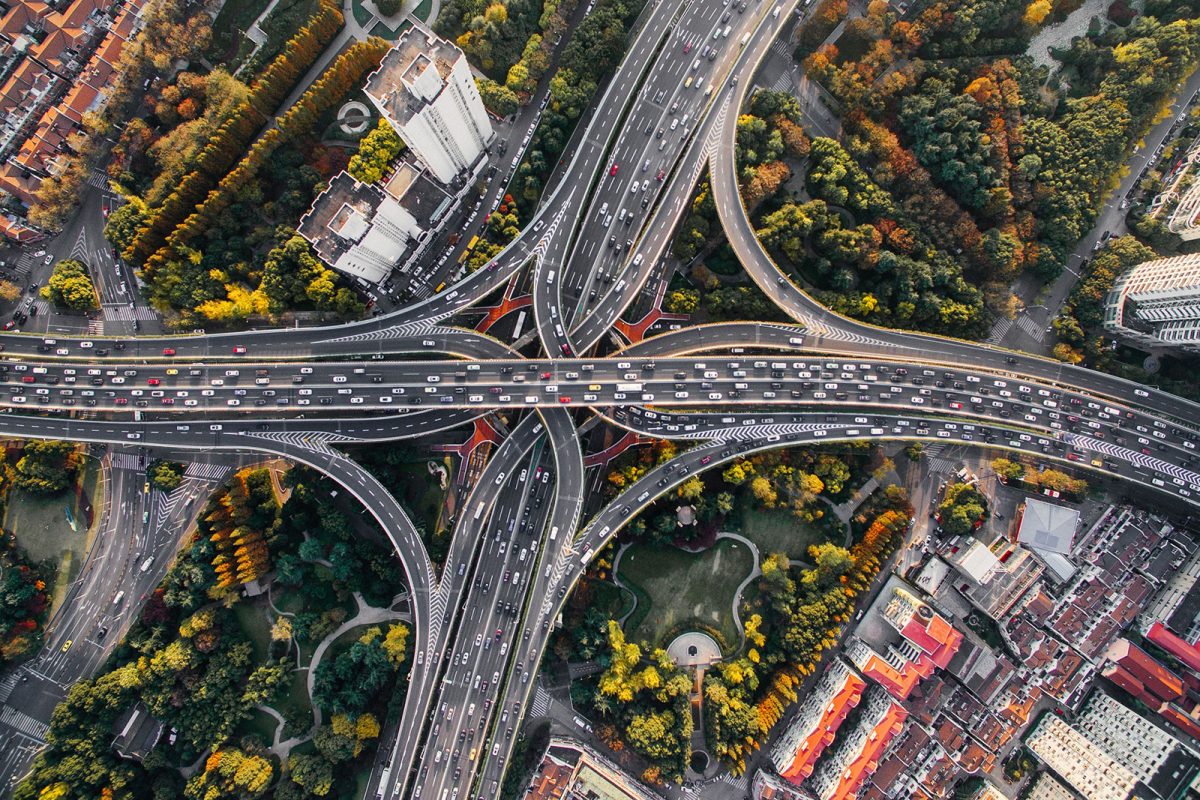
Diesel-driven distribution trucks, delivery vehicles and buses in cities will soon be a thing of the past according to Volkswagen Truck & Bus who is working hard on solutions that will electrify urban transport. Particulate matter, carbon dioxide and noise emissions are some of the biggest challenges that cities face. Improved drive concepts for city buses as well as delivery and distribution trucks offer a major opportunity to reduce these emissions – for example, when delivering products to supermarkets.
A great deal has been achieved in recent years, of course. Catalytic converter technology has established itself, motors have become more efficient and therefore cleaner. Commercial vehicles in particular have taken a huge step forward in the area of reducing emissions. The introduction of the Euro 6 emissions standards alone reduced the particulate matter limits for trucks by 67 percent and nitrogen oxide limits by 80 percent compared with Euro 5. Nevertheless, we have not reached the finish line yet. The current challenges – particulate matter pollution, diesel bans, etc. – require more far-reaching solutions.
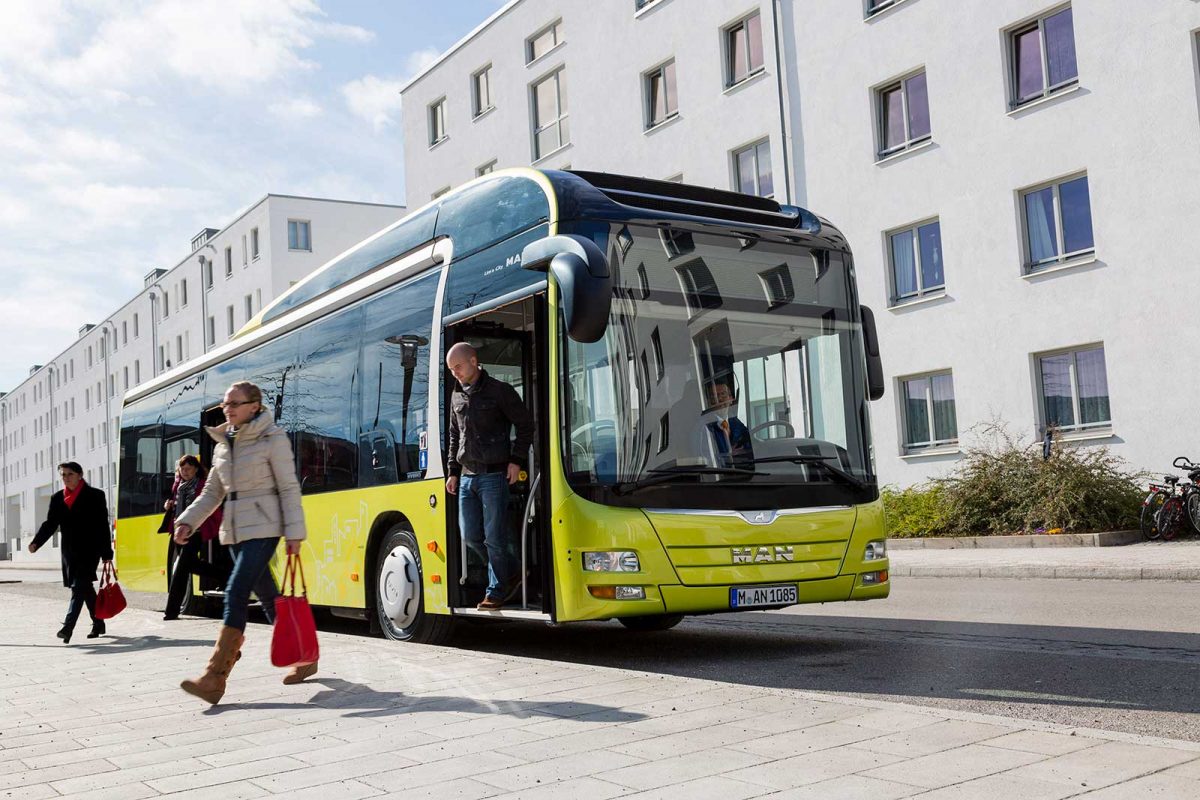
Different dimensions of the problem
Pollution, explains Rodrigo Chaves of Volkswagen Truck & Bus, has different manifestations. The imprecise catch-all term first needs to be broken down and separated into its different facets. Only when we sufficiently understand the individual elements and, in a second step, combat them specifically can we make progress on the road to a clean transport industry.
“The future of inner-city transport will be electric. No doubt about it.” Rodrigo Chaves, Volkswagen Truck & Bus
According to Chaves, the first difference is the one between local and global emissions. While global pollution has its origins primarily in long-distance transport and becomes apparent through rising CO2 levels, local emissions have different facets. Here the problems are noise pollution and particulate matter emissions. In other words, the issues caused by combustion engines in long-distance transport are different than those caused by transport traffic in cities.
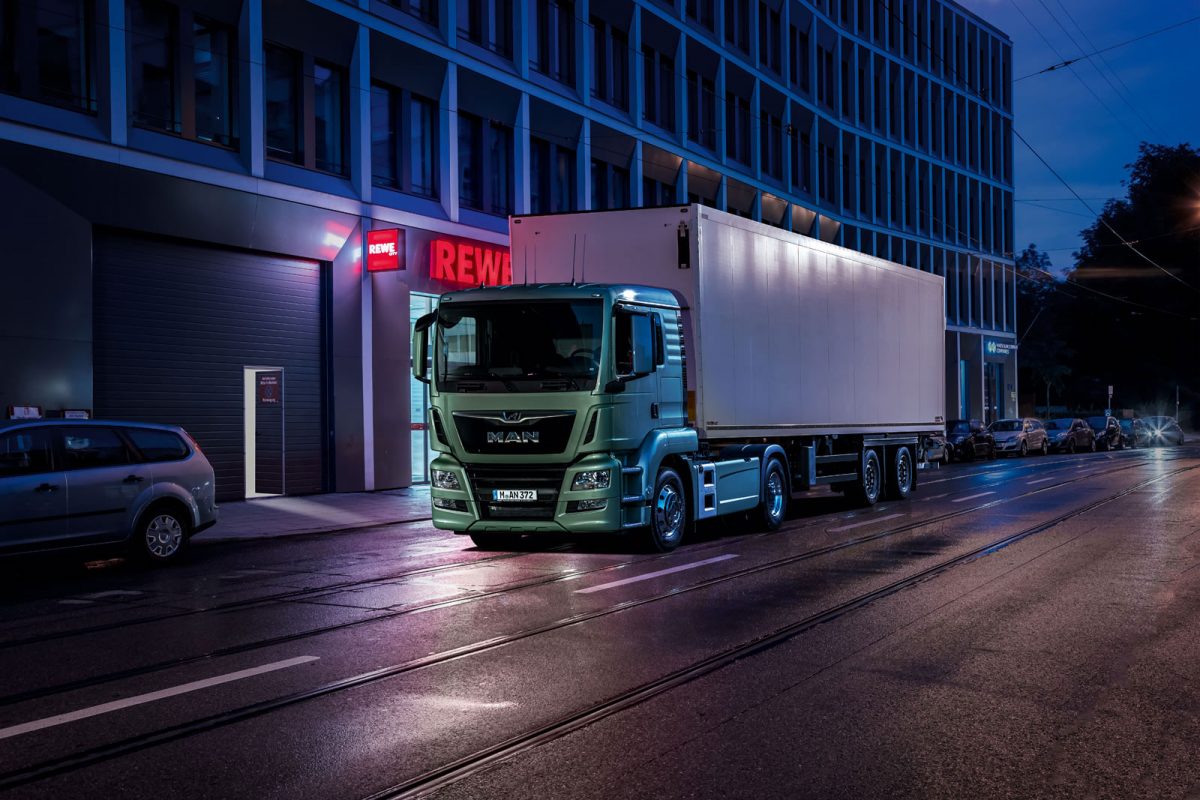
Roadmap with two strategic thrusts
All of the Volkswagen Truck & Bus Group are working hard together on coming up with alternatives. Generally speaking, the roadmap focuses on two strategic thrusts: The future of inner-city transport will be electric, no doubt about it. A variety of different options are competing for long-distance transport in rural areas.
The goal of electrifying urban transport of goods and passengers is clear, so we can begin with specific planning and implementation measures here. Volkswagen Truck & Bus is working on an optimized battery solution as well as an electric motor customized to meet the needs of trucks and buses. The initial numbers are promising, with a motor performance of 260 kW at 5,500 Nm, and motors both with and without transmissions are in the works. This modular powertrain will be used equally for buses and trucks in the future.
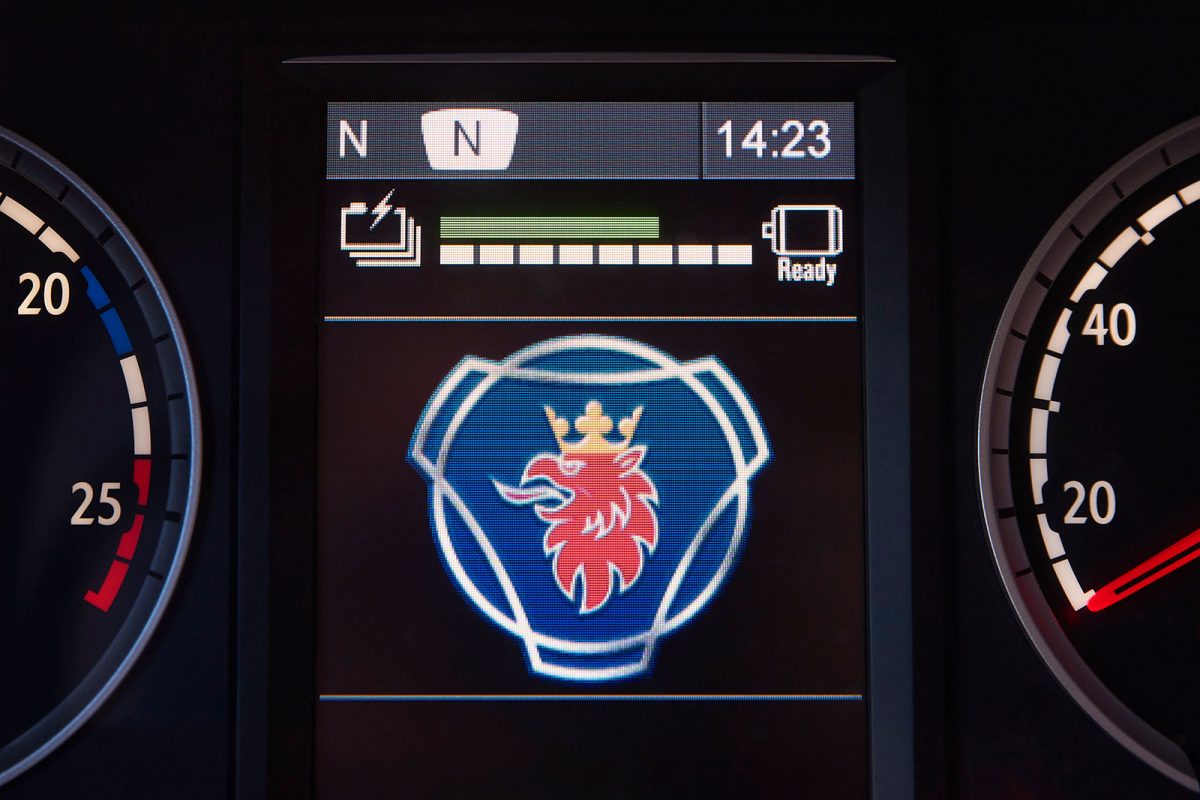
Standardized charging technology needed
An optimized powertrain is one of the firm, defined milestones on the roadmap to electro-mobility. Now comes the issue of finding the optimal charging technology and options for urban charging. The developers at Volkswagen Truck & Bus are facing a broad, but confusing, array of the current common charging technologies. There are a number of plug systems for charging at charging stations and a variety of different technologies for cordless charging. For this reason, experts are arguing vehemently for one uniform, standardized solution. The dilemma with electric city buses offers a concrete example.
There are currently two charging models in competition: at night in the depot versus underway, for example at the individual bus stops. Charging at the depot requires bigger and heavier batteries, but this technology offers greater flexibility with lower infrastructure costs. The decentralized charging option requires smaller batteries and offers enormous flexibility. However, it also brings high infrastructure costs, less flexibility in daily usage and – especially annoying for passengers – significantly longer waiting times at the bus stops.
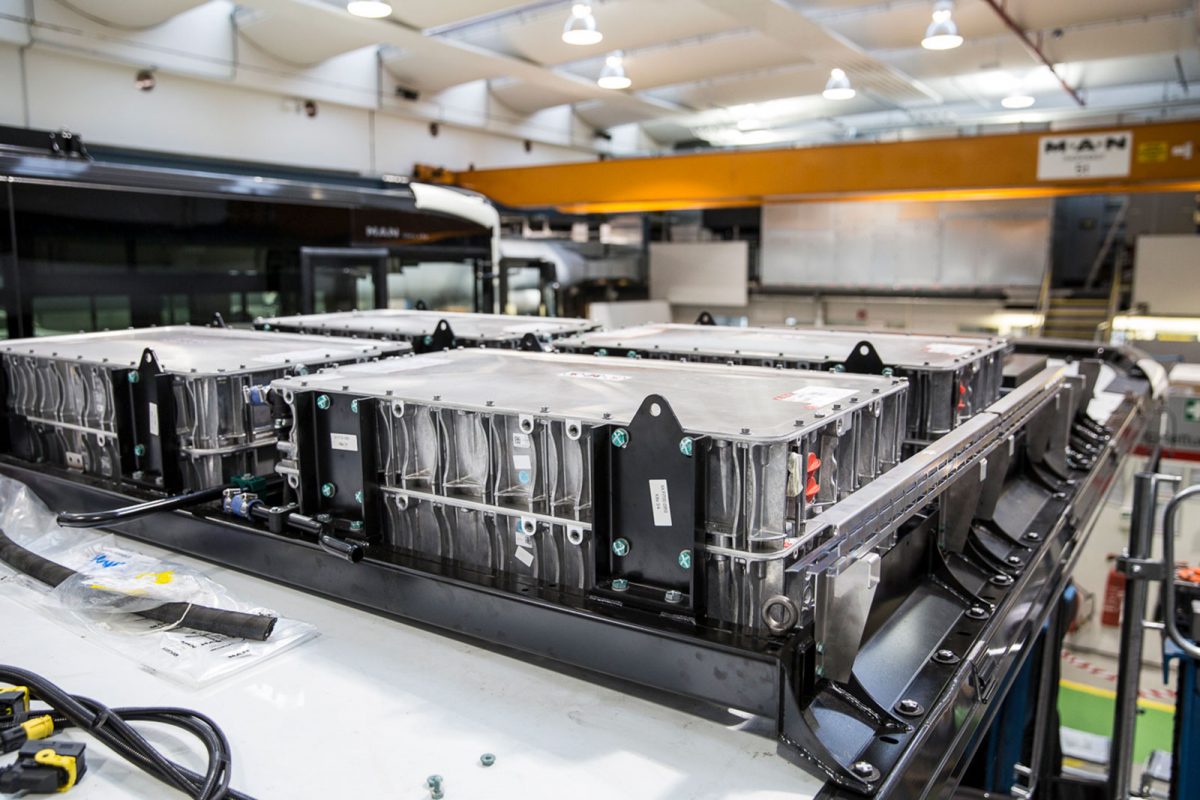
Zero particulate matter pollution
Regardless of which option – or perhaps a combination of both solutions – comes out on top, the future of urban transport will be electric. This would enable significant noise reduction, and particulate matter pollution would drop to zero.
By contrast, the answer to what long-distance transport will look like in the future remains open. Here the range of electric trucks is still limited. Battery capacity is subjected to heavy fluctuations when additional loads such as heating or cooling are needed. However, for some applications the larger batteries would take up too much space and add so much weight that they would not be able to transport enough loads to be profitable. For that reason, Volkswagen Truck & Bus is working on additional alternative drive solutions such as synthetic diesel and liquid natural gas.
Credit: Volkswagen Truck & Bus
